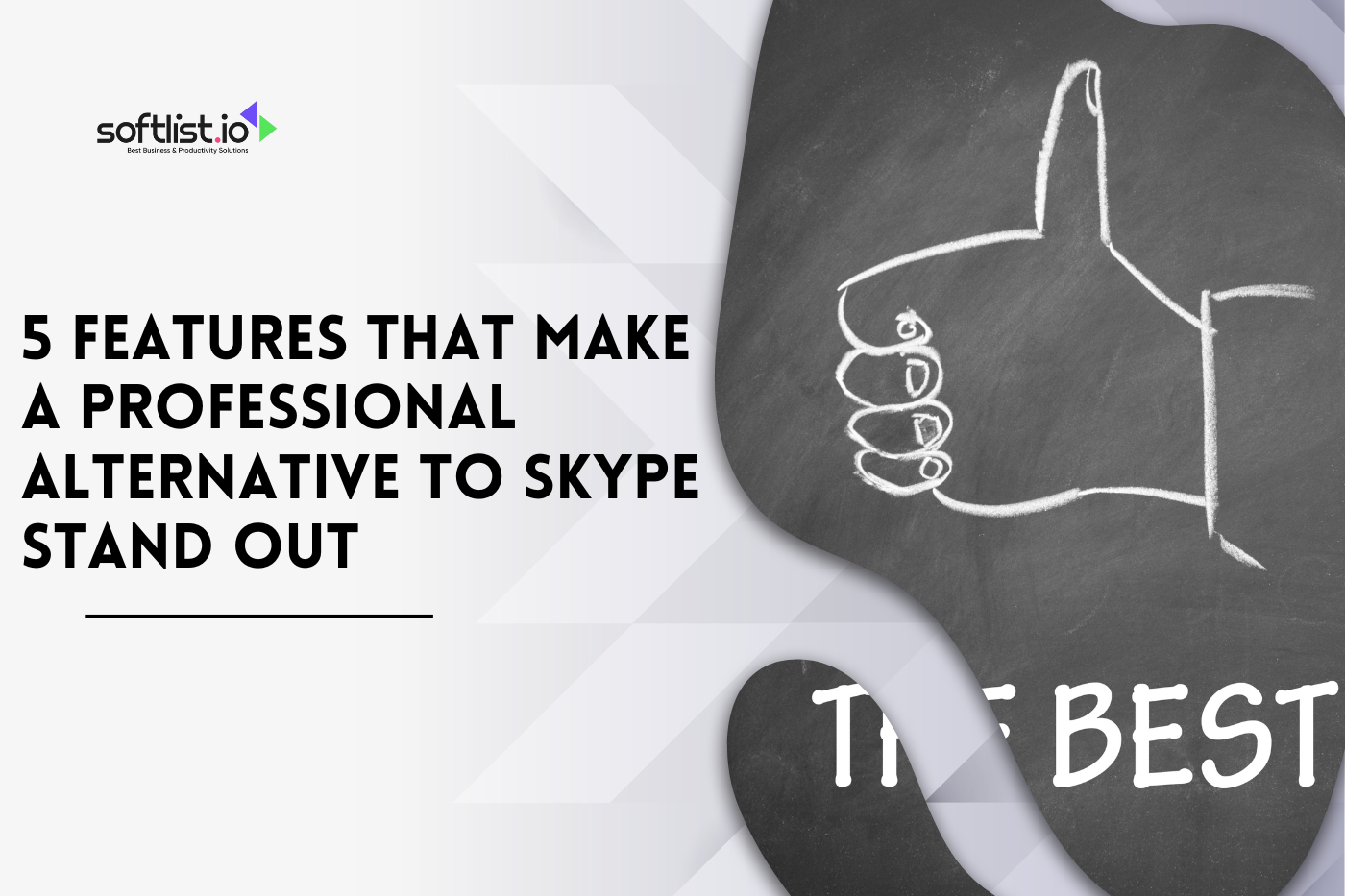Did you know it’s easier than ever to turn your 3D printing hobby into a business that makes money? As 3D printing technology has improved, what began as making one-of-a-kind items or prototypes can now be turned into a successful business.
This change from a passion to a business is not only possible, but it’s also becoming a common story of success for fans worldwide. You’re in the right place if you want to know how to make money with 3D printing.
Our guide will show you how to turn your 3D skills into a business that makes you money.
Understanding the 3D Printing Industry

Leveraging additive manufacturing techniques, 3D printing enables the layer-by-layer construction of complex objects directly from digital designs, eliminating the need for traditional subtractive methods. Key sectors such as aerospace, automotive, healthcare, and consumer goods have embraced 3D printing for prototyping, custom manufacturing, and rapid production, driving market expansion.
Entrepreneurs are drawn to the 3D print industry due to its disruptive potential and the ability to innovate in various niches. The democratization of manufacturing allows for agile and cost-effective production, empowering small businesses to compete with larger counterparts.
Moreover, the customization capabilities of 3D printing open avenues for niche markets, fostering entrepreneurial creativity. Rapid prototyping, low-volume production runs, and on-demand manufacturing further appeal to entrepreneurs seeking flexible and scalable solutions.
As the industry continues to mature, entrepreneurs are presented with opportunities to pioneer novel applications, exploit untapped markets, and contribute to the ongoing evolution of additive manufacturing, positioning 3D prints as a promising field for those seeking to shape the future of manufacturing.
First Steps in Turning 3D Printing into a Business
Turning 3D printing into a thriving business requires a strategic blend of innovation, market understanding, and entrepreneurial acumen. Below are the essential first steps aspiring entrepreneurs must take to transform their passion for 3D print business into a successful and sustainable venture.
Identifying Your Niche
One of the keys to success in this industry lies in identifying and specializing in a specific niche. This targeted approach allows entrepreneurs to carve out a unique space in the market and cater to a specific audience, leading to more focused marketing efforts and increased customer satisfaction.
When exploring 3D print business ideas, it’s crucial to recognize that the technology’s versatility allows for various applications. One profitable avenue is the production of custom figurines. By honing in on the demand for personalized, one-of-a-kind collectibles, a 3D printing business can offer unique services to gamers, hobbyists, or individuals seeking customized gifts.
Architectural models present another lucrative niche within the 3D print market. As industries like architecture and real estate increasingly adopt 3D printing for model creation, a business can specialize in delivering highly detailed and accurate architectural models.
Medical devices constitute a highly specialized and crucial niche within the 3D printing landscape. Entrepreneurs with a background in healthcare or a keen interest in medical technology can explore opportunities to produce customized prosthetics, implants, or even anatomical models for educational purposes.
By aligning with profitable 3D print projects that cater to specific needs, entrepreneurs can differentiate themselves and establish a reputation for excellence within their chosen niche.
Choosing the Right 3D Printer
When starting a 3D printing business, selecting the right 3D printer is crucial to ensure success. Several factors must be considered, such as print quality, material compatibility, and scalability, to make informed decisions that align with the goals of your venture.
- Print quality is a paramount consideration for any 3D printing business. The precision and detail of the prints produced can significantly impact the outcome of your projects. Look for 3D printers with high-resolution capabilities and reliable print consistency. This is essential when embarking on profitable 3D printing projects that demand impeccable precision and finishing.
- Material compatibility is another key aspect when choosing the best 3D printer for small business needs. The ability of a 3D printer to work with various materials expands the range of projects you can undertake. Ensure that the chosen printer is compatible with diverse filaments, including popular ones like PLA, ABS, PETG, and specialty materials if your projects require them.
- Scalability is a critical factor for long-term success in the 3D printing business. The demand for larger or multiple prints may arise as your business grows. Opt for a 3D printer that allows for scalability through a larger print bed or by easily integrating additional printers into your workflow. This adaptability ensures that your business can meet increased production requirements without hindrance.
Considering these factors, some of the best 3D printers for small businesses include models from well-established brands like Ultimaker, Prusa, and Formlabs. These manufacturers offer a range of printers known for their high print quality, material compatibility, and scalability options.
Creating a Business Plan for Your 3D Printing Venture
Embarking on the journey of starting and scaling a 3D printing business requires a well-crafted business plan that encompasses key components such as market research, cost analysis, and revenue projections. This plan serves as a roadmap, guiding entrepreneurs through the intricate landscape of the burgeoning 3D printing services market.
- Market Research- A thorough examination of market trends, customer needs, and potential competitors should be integrated into the business plan. Insights into the evolving demands of industries such as healthcare, manufacturing, and consumer goods will help position the business strategically in the marketplace.
- Cost Analysis- The cost of starting a 3D printing business is a critical aspect of the business plan. A detailed breakdown of expenses related to equipment, raw materials, technology upgrades, and operational overhead must be included. Scalability should be considered when projecting costs, allowing adjustments as the business expands.
- Revenue Projection- Accurate revenue projections are essential for demonstrating the business’s financial viability. Forecasting income streams from various services, such as prototyping, custom manufacturing, and specialized applications, is crucial.
- Scaling a 3D Printing Startup- The business plan should outline a clear strategy for scaling a 3D printing startup. This involves addressing potential challenges related to production capacity, workforce, and technology upgrades.
Incorporating scalability plans into the business model ensures the venture can efficiently adapt to increasing demand in the 3D printing services market. Strategies for efficient resource allocation and strategic partnerships should be outlined to facilitate smooth growth.
A well-rounded business plan for a 3D printing business should seamlessly incorporate thorough market research, detailed cost analysis, and realistic revenue projections.
Legal and Administrative Steps

Starting a 3D printing business involves several legal and administrative steps to ensure compliance with regulations and intellectual property protection. Remember that specific requirements may vary depending on your location, so it’s essential to consult with local authorities and legal professionals. Here is a general guide:
1. Business Plan
Develop a comprehensive business plan outlining your business structure, target market, services, pricing strategy, and financial projections.
2. Legal Structure
Choose a legal structure for your business (sole proprietorship, partnership, LLC, corporation) and register it with the appropriate government authorities.
3. Business Name Registration
Register your business name with the relevant authorities to ensure it is unique and compliant with local regulations.
4. Permits and Licenses
Obtain the necessary permits and licenses to operate a 3D printing business. This may include local business licenses, health permits, and environmental permits.
5. Intellectual Property Considerations
Identify and protect your intellectual property, including any unique 3D printing designs or processes. Consider trademarks, copyrights, and patents as appropriate. If you’re doing business in Canada or expanding your business there, ensure thorough research by searching the Canadian trademark database to avoid potential legal complications with existing trademarks.
6. Compliance with Safety Standards
Ensure that your 3D printing processes comply with safety standards and regulations. This may include proper ventilation, fire safety measures, and adherence to material safety guidelines.
7. Tax Registration
Register for a tax identification number and comply with local, state, and federal tax regulations. Consult with an accountant to ensure proper tax planning and compliance.
8. Zoning and Land Use
Check local zoning regulations to ensure that your chosen business location is suitable for a 3D printing operation.
9. Environmental Regulations
Comply with environmental regulations related to waste disposal and recycling of materials used in 3D printing.
10. Insurance
Obtain business insurance to protect against liabilities, property damage, and other risks associated with operating a 3D printing business.
11. Employment Regulations
Familiarize yourself with labor laws and regulations for hiring employees, if applicable. Ensure compliance with wage and hour laws.
12. Contracts and Agreements
Draft contracts for your clients, suppliers, and any other relevant parties. Clearly outline terms and conditions, payment terms, and intellectual property rights.
13. Data Protection
Implement measures to protect sensitive data, especially when handling clients’ proprietary or personal information.
14. Industry-specific Regulations
Stay informed about industry-specific regulations or standards that may apply to 3D printing businesses.
Consulting with legal professionals and business advisors during each process step is crucial to ensure compliance and mitigate potential risks associated with starting a 3D printing business.
Marketing Your 3D Printing Services
Developing a comprehensive marketing strategy is crucial for promoting 3D printing services effectively. Here are some key strategies that focus on online presence, social media, and industry-specific platforms:
Create a Professional Website
- Design a user-friendly and visually appealing website that showcases your 3D printing capabilities, services, and previous projects.
- Optimize the website for search engines (SEO) to ensure it ranks well in relevant searches.
Leverage Social Media Platforms
- Establish a presence on major social media platforms like Facebook, Instagram, Twitter, and LinkedIn.
- Share high-quality images and videos of your 3D printed products to engage and attract a broader audience.
- Run targeted advertising campaigns to reach potential clients based on demographics, interests, and location.
Content Marketing
- Create valuable and educational content related to 3D printing, such as blog posts, tutorials, and case studies.
- Share this content on your website and social media to position your company as an industry expert and attract organic traffic.
Engage with Online Communities
- Participate in forums, discussion groups, and online communities related to 3D printing, both general and niche-specific.
- Share insights, answer questions, and connect with potential clients or partners.
Utilize Industry-Specific Platforms
- Join and actively participate in 3D printing platforms and marketplaces where potential clients and industry professionals gather.
- Showcase your portfolio, respond to inquiries, and stay updated on industry trends and demands.
Optimize for Local SEO
- If your 3D printing services are location-based, optimize your online presence for local search by using location-based keywords and ensuring consistency across online directories.
Invest in Paid Advertising
- Consider running targeted pay-per-click (PPC) advertising campaigns on platforms like Google Ads and social media to reach a wider audience.
Remember to regularly analyze the performance of your marketing efforts using analytics tools and adjust your strategy accordingly to ensure continuous improvement and adaptation to market trends.
Expanding Your 3D Printing Business
Let’s delve into essential strategies and actionable tips designed to support the growth and enrichment of your presence within the dynamic of 3D printing.
Networking and Collaboration
Get Networking: Dive into the community of 3D printing fans and businesses. Sharing ideas and experiences can spark innovation and open up new technological fronts. It’s a great way to catch the latest trends and breakthroughs.
Collaborate: Team up with others in the field. This could mean anything from joint projects to sharing resources, which helps speed growth. It’s about creating win-win situations where everyone’s expertise contributes to bigger successes.
Explore New Industries: 3D printing isn’t just for tech geeks; it’s making waves in healthcare, aerospace, automotive, and consumer products, to name a few. Each sector offers unique opportunities to apply your skills and grow your business in uncharted territories.
By making connections and being willing to work together, you’re growing your business and becoming an important part of the 3D printing ecosystem.
Investing in Advanced Technologies
Investing in newer technologies and materials for 3D printing can undoubtedly offer a substantial competitive edge and broaden the clientele base for businesses. As technology evolves, so does the capability of 3D printers, enabling more intricate and high-quality prints.
Placing an investment in advanced materials, including metals, composites, biodegradable or high-performance polymers, and metals, increases the adaptability and functionality of the printed objects. This caters to a broader range of industries and positions the business as an industry leader in sustainable practices.
The ability to provide diverse and environmentally friendly solutions appeals to a growing market segment concerned with innovation and sustainability. By staying at the forefront of these advancements, companies can deliver cutting-edge solutions, attracting clients seeking innovative and customized products.
Key Takeaways
Starting a 3D printing side hustle can turn into a serious money-making venture, but it takes more than just enthusiasm. You need a plan and the drive to shift from hobbyist to pro. As you dive into the business side of 3D printing, sharpening your design and printing skills is key.
Becoming a pro at 3D modeling unlocks endless possibilities to create items people love and want to buy. Knowing your audience well—what they like, need, and struggle with—fuels your creativity and guides your designs.
Finding the sweet spot between cool innovations and what’s useful makes your products stand out. Stick with it, think strategically, and you could turn your 3D printing hobby into a thriving business.
FAQs – How to Make Money with 3D Printing
What are the most profitable 3D printing niches?
Custom jewelry, personalized home decor, and prototyping services are top picks for beginners to make a mark and profit in 3D printing.
How much initial investment is needed for a 3D printing startup?
Starting costs vary widely, but you can kick off a small-scale operation with a few thousand to tens of thousands of dollars, including equipment and marketing.
Can you run a 3D printing business from home?
You can run a 3D printing business from home, offering customized services online and delivering unique products directly to customers.
What are the biggest challenges in starting a 3D printing business?
Key hurdles include ensuring data accuracy for quality prints, managing color consistency, and maintaining effective customer communication for a diverse and appealing portfolio.
How does 3D printing technology impact product customization?
3D printing revolutionizes product customization, enabling the creation of intricate and precisely tailored designs beyond the capabilities of traditional manufacturing methods.
Start Your 3D Printing Journey!
Use the useful information at Softlist.io to turn your interest in 3D printing into a successful business. With its goal of giving you complete, correct, and easy-to-understand information about software solutions, Softlist.io is your reliable guide through the complicated world of business operations.
Softlist.io can help you take the next step toward success by helping you choose the best software. This will make the change from hobbyist to entrepreneur go smoothly. Find out about the printing services we’ve explored in our latest post!






